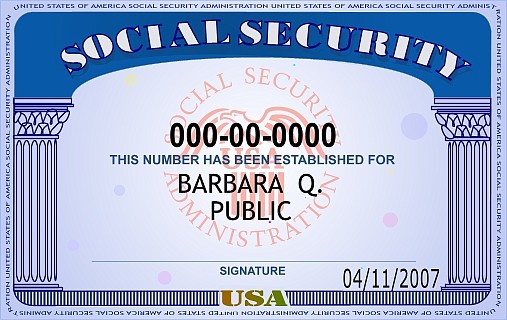SOCIAL SECURITY DISABLITY HELPS PEOPLE WHO WORK
September 19, 2016 at 2:01 p.m.
By Kirk Larson
Social Security Washington Public Affairs Specialist
August, marked the 60th anniversary of the Social Security Disability Insurance (SSDI) program, signed into law by President Dwight D. Eisenhower in 1956. Originally, the program was limited to individuals who were age 50 or older. It also had a six-month waiting period, and there were no benefits payable to spouses or children.
The disability program has undergone many changes to become the program it is today. Now, people who receive Social Security disability benefits can also receive Medicare coverage after 24 months, and their dependents may be eligible to receive benefits on their earnings records. There are also work incentives in place to help people with disabilities go back to work.
As of June 2016, there are more than 10 million disabled workers and dependents receiving a portion of the more than $11 billion that is sent each month in Social Security disability payments. It can happen to anyone: studies show that a 20-year-old worker has a 1-in-4 chance of becoming disabled before reaching their full retirement age.
Social Security provides an economic lifeline to America’s workers through our benefit programs. We run the largest disability program in the nation. In Washington State there are over 180,000 people receiving Social Security disability monthly payments. In addition, there are over 33,000 children and spouses that receive extra payments off the disabled individual record. That is more than 2.7 billion dollars per year.
To meet the challenges of providing benefits to so many, the agency has evolved, using technology to operate more efficiently. Access to online applications for disability benefits, reconsiderations, and hearings have given applicants more service options when applying for benefits. Our health IT initiative allows Social Security to access electronic medical records, including those from the U.S. Department of Defense, which reduces administrative costs, streamlines operations, and speeds up service to veterans.
We also have incentives that give beneficiaries with disabilities — who are able — the opportunity to return to work. These work incentives include continued cash benefits for a period of time while you work, continued Medicare or Medicaid coverage, and help with education, training, and rehabilitation to start a new line of work. In some cases, we may even be able to deduct certain impairment-related work expenses from your countable income, making it possible to earn more and also remain eligible to receive benefits. Examples of these expenses are wheelchairs, transportation costs, and specialized equipment needed for work.
Social Security is committed to securing today and tomorrow for our millions of disabled workers. For more information about the disability program, please visit www.socialsecurity.gov/disabilityssi.
Kirk Larson is a Social Security Administration Public Affairs Specialist located in Seattle and serving Western Washington.





